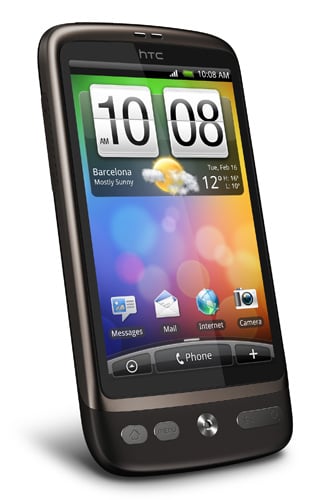HTC Desire


Intendix works using an EEG-sensitive cap that measures brain activity that is focused in a particular way. You simply watch a grid of letters that flashes on the screen, focusing on the letter you want to type. When the letter you want lights up, your brainwaves jump ever so slightly, allowing the EEG to determine what to type. Guger Technologies claims that the interface is simple enough that users can utilize it relatively well after just ten minutes of training.
Posted by
RameNet Information Systems
at
15:59
0
comments
![]()
Labels: BCI, Brain, Computerized, EEG


 Its google buzz time and don't know how many will hit. The beginning is not good but may be expect some edit in the next few days. Cannot allow contacts in public. Let see what buzzing...
Its google buzz time and don't know how many will hit. The beginning is not good but may be expect some edit in the next few days. Cannot allow contacts in public. Let see what buzzing...
Posted by
RameNet Information Systems
at
16:13
0
comments
![]()
Labels: Buzz, Data Network, Google, social